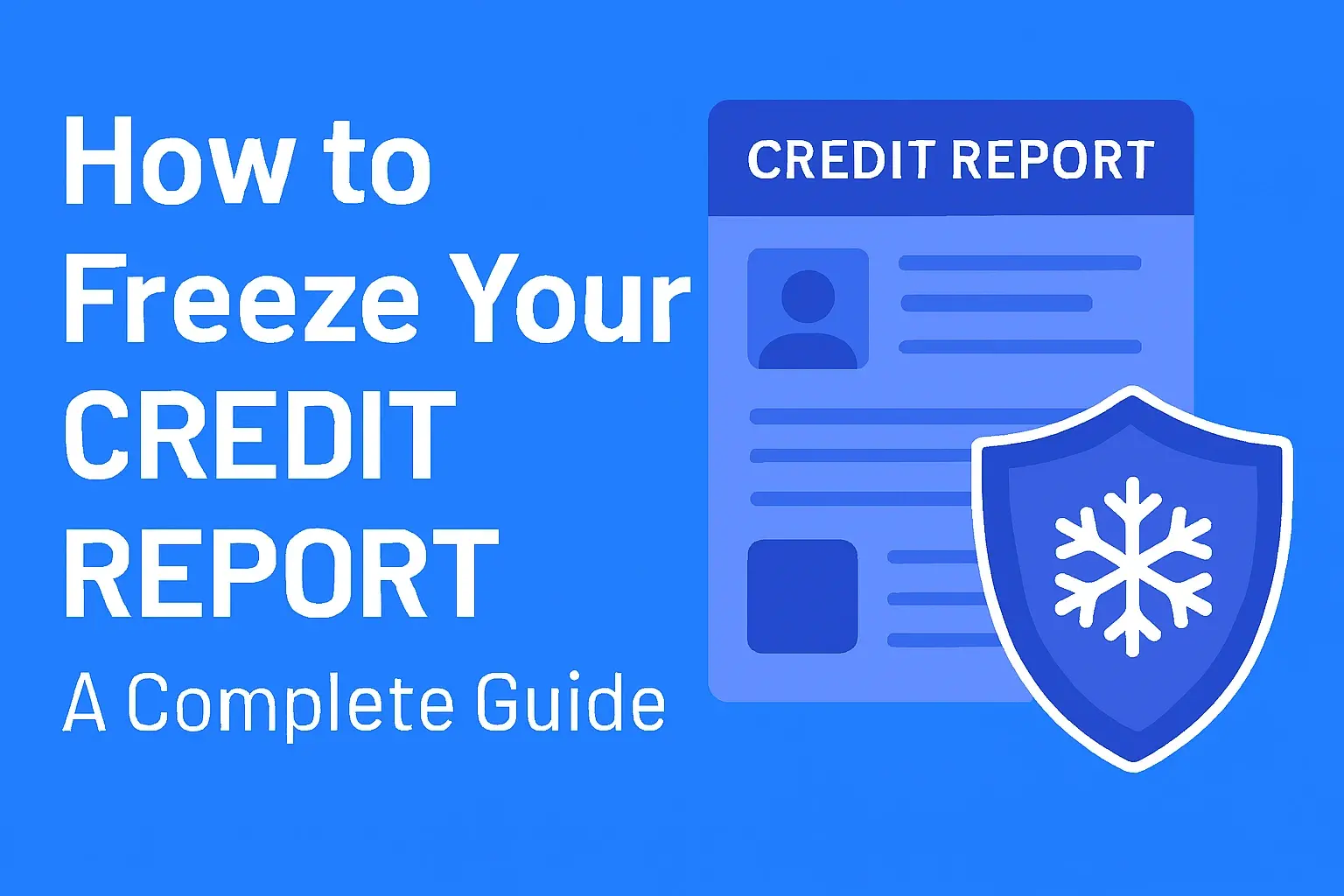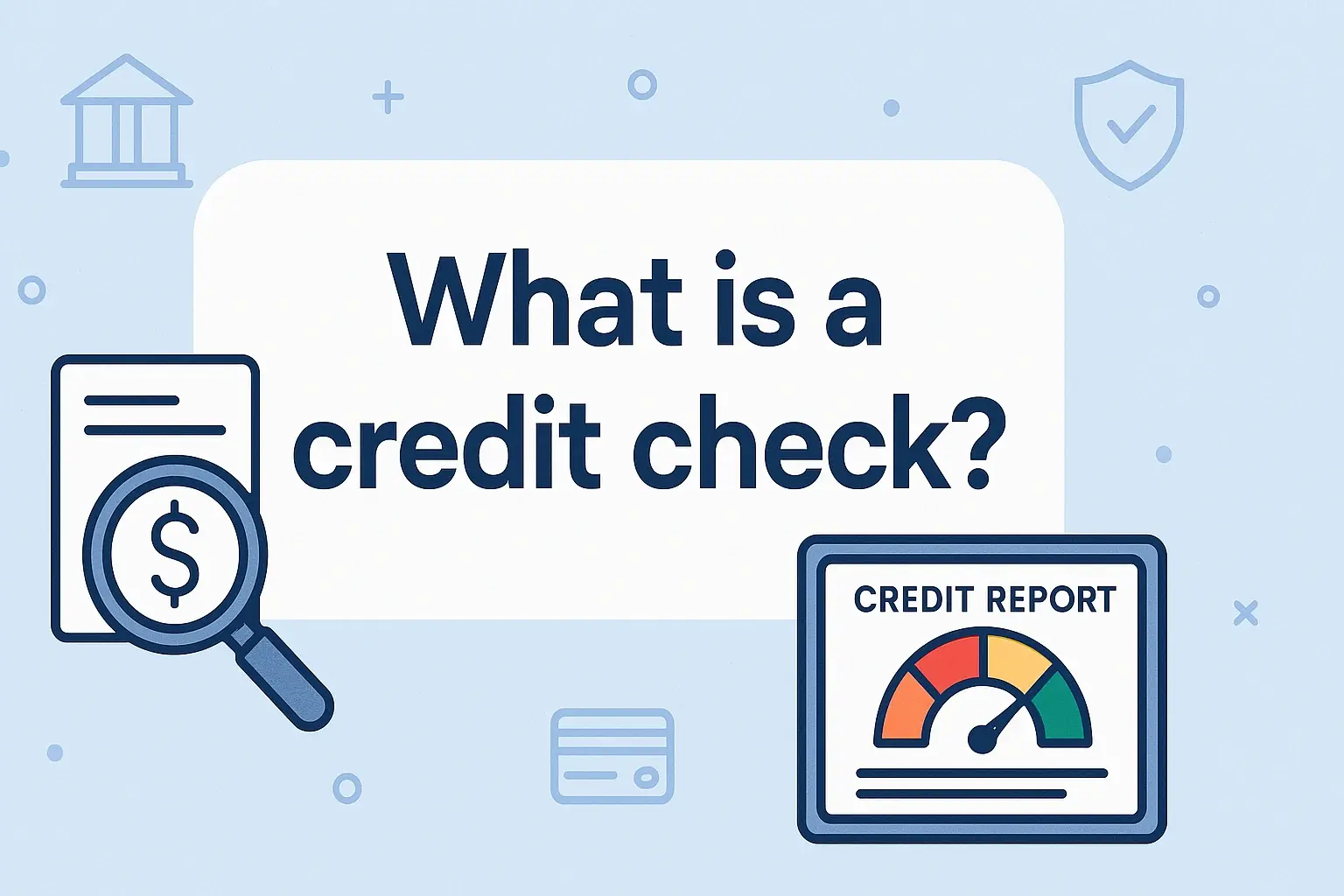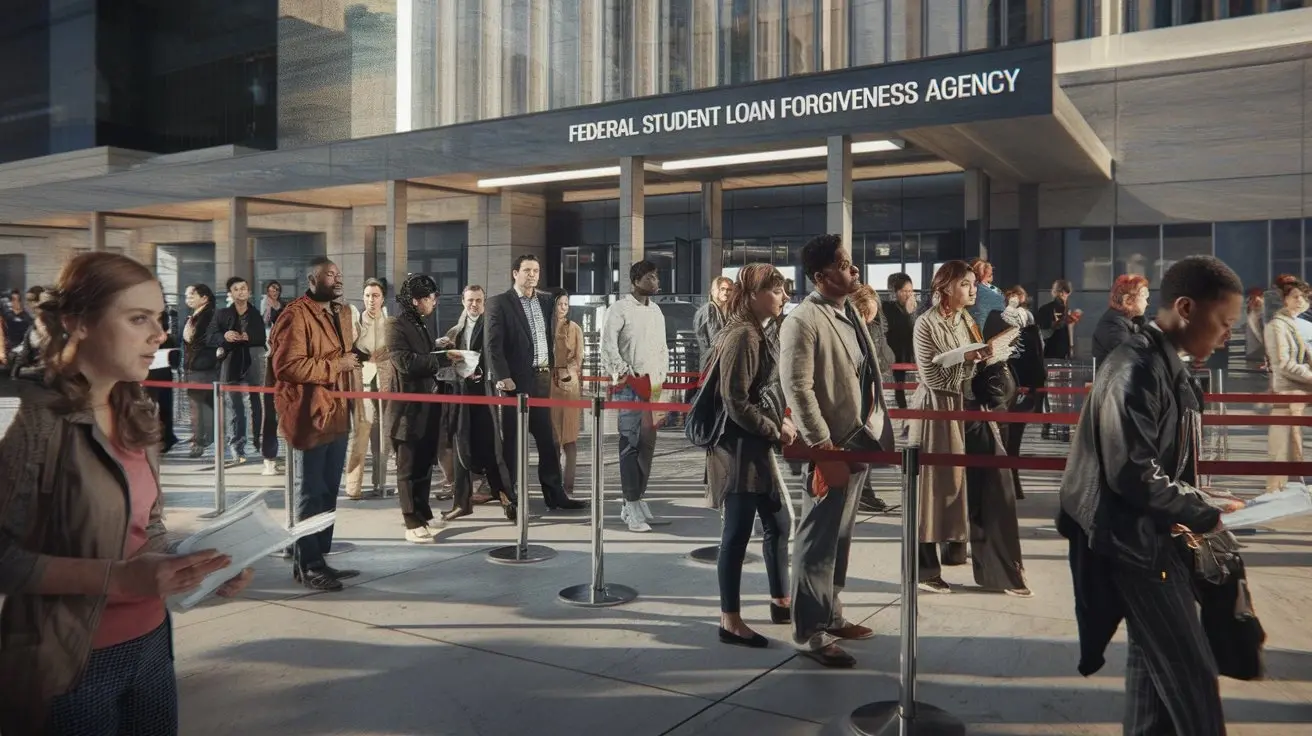Facing debt with bad credit and limited resources can feel overwhelming. It’s a situation that affects millions, and while it’s challenging, it's absolutely possible to overcome. This guide provides actionable strategies to navigate this difficult situation and begin your journey toward financial freedom.
Understanding the Challenge: Debt, Bad Credit, and Limited Funds
Before diving into solutions, it’s crucial to understand the complexities of your situation. Each element – debt, bad credit, and lack of money – exacerbates the others, creating a vicious cycle.
- Debt: The weight of outstanding loans, credit card balances, and other financial obligations can be crippling. High interest rates, especially with bad credit, compound the problem.
- Bad Credit: A low credit score makes it difficult to qualify for lower interest rates, loans, or even affordable housing. It can also affect employment opportunities and insurance premiums.
- No Money: The absence of savings or extra income leaves you vulnerable to unexpected expenses and limits your options for tackling debt.
The Importance of Mindset
The first step is adopting a proactive and positive mindset. Acknowledge the problem, commit to change, and believe that you can improve your situation. Negative self-talk and feelings of hopelessness will hinder your progress.
Step-by-Step Strategies for Debt Relief
Here’s a structured approach to tackle debt, even with bad credit and limited funds:
1. Assess Your Financial Situation: Create a Detailed Budget
You can't effectively manage your finances without understanding where your money is going. This requires creating a detailed budget. Here's how:
- Track Your Income: Calculate your total monthly income after taxes. Include all sources of income, such as wages, freelance work, or government assistance.
- List Your Expenses: Categorize all your monthly expenses into fixed expenses (rent/mortgage, utilities, insurance, loan payments) and variable expenses (food, transportation, entertainment). Use a budgeting app, spreadsheet, or notebook to track your spending for at least a month to get an accurate picture.
- Identify Areas to Cut Back: Analyze your spending and identify non-essential expenses you can eliminate or reduce. This might include dining out, subscription services, entertainment, or impulse purchases. Be realistic and focus on areas where you can make meaningful cuts without sacrificing your well-being.
2. Prioritize Your Debts: The Debt Snowball vs. Debt Avalanche
Two popular strategies for prioritizing debt repayment are the debt snowball and the debt avalanche. Choose the method that best suits your personality and financial situation.
The Debt Snowball Method
The debt snowball method involves paying off your smallest debt first, regardless of interest rate, while making minimum payments on all other debts. This provides quick wins and motivates you to continue the process.
- List your debts from smallest to largest, ignoring interest rates.
- Pay the minimum payment on all debts except the smallest.
- Throw every extra dollar at the smallest debt until it's paid off.
- Once the smallest debt is eliminated, move on to the next smallest, adding the payment from the previous debt to your payment.
The Debt Avalanche Method
The debt avalanche method prioritizes paying off debts with the highest interest rates first, regardless of the balance. This approach saves you the most money on interest in the long run.
- List your debts from highest interest rate to lowest interest rate.
- Pay the minimum payment on all debts except the one with the highest interest rate.
- Throw every extra dollar at the debt with the highest interest rate until it's paid off.
- Once that debt is eliminated, move on to the next highest interest rate debt, adding the payment from the previous debt to your payment.
3. Increase Your Income: Explore Additional Revenue Streams
Even small increases in income can make a significant difference in your debt repayment progress. Explore opportunities to boost your earnings:
- Side Hustles: Consider part-time jobs, freelance work, or online gigs that align with your skills and interests. Examples include driving for ride-sharing services, delivering food, offering online tutoring, writing articles, or providing virtual assistant services.
- Sell Unwanted Items: Declutter your home and sell items you no longer need on online marketplaces, consignment shops, or through local classifieds.
- Negotiate a Raise: If you're performing well at your current job, research industry standards and negotiate a raise with your employer.
- Government Assistance Programs: Explore eligibility for government assistance programs such as SNAP (Supplemental Nutrition Assistance Program), TANF (Temporary Assistance for Needy Families), or Medicaid. These programs can free up resources to allocate towards debt repayment.
4. Negotiate with Creditors: Seek Lower Interest Rates and Payment Plans
Don't be afraid to contact your creditors and negotiate better terms. Explain your financial hardship and request lower interest rates, payment plans, or hardship programs.
- Call Your Creditors: Speak directly to a representative and explain your situation. Be honest and transparent about your financial difficulties.
- Request a Lower Interest Rate: Even a small reduction in interest rate can save you a significant amount of money over time.
- Explore Payment Plans: Ask about options for reduced monthly payments or temporarily suspended payments.
- Hardship Programs: Inquire about hardship programs offered by your creditors, which may provide temporary relief or assistance.
5. Consider Debt Management Plans (DMPs)
A Debt Management Plan (DMP) is a structured repayment plan administered by a credit counseling agency. The agency works with your creditors to negotiate lower interest rates and consolidate your debts into a single monthly payment.
- Find a Reputable Credit Counseling Agency: Look for non-profit agencies accredited by the National Foundation for Credit Counseling (NFCC) or the Financial Counseling Association of America (FCAA).
- Complete a Credit Counseling Session: A credit counselor will review your financial situation and help you develop a DMP.
- Make Consistent Payments: Adhere to the agreed-upon payment schedule to ensure the successful completion of the DMP.
6. Explore Debt Consolidation (Proceed with Caution)
Debt consolidation involves taking out a new loan to pay off multiple debts. This can simplify your repayment process and potentially lower your interest rate. However, it's crucial to proceed with caution, especially with bad credit.
- Balance Transfer Credit Cards: If you can qualify for a balance transfer credit card with a 0% introductory APR, you can transfer your high-interest debt and pay it off during the promotional period. Be aware of balance transfer fees and the interest rate after the introductory period ends. Generally difficult to obtain with bad credit.
- Personal Loans: Personal loans can be used to consolidate debt, but interest rates tend to be higher for borrowers with bad credit. Shop around for the best rates and terms.
- Home Equity Loans (HELOCs): If you own a home, you may be able to use a home equity loan or HELOC to consolidate debt. However, this puts your home at risk if you are unable to repay the loan. Not generally recommended with financial instability.
7. Credit Repair Strategies: Rebuilding Your Credit Score
Improving your credit score is essential for securing better interest rates and accessing financial opportunities. Here are some effective credit repair strategies:
- Review Your Credit Reports: Obtain free copies of your credit reports from Equifax, Experian, and TransUnion. Check for errors, inaccuracies, or outdated information.
- Dispute Errors: If you find any errors on your credit reports, file disputes with the credit bureaus. Provide supporting documentation to substantiate your claims.
- Become an Authorized User: Ask a trusted friend or family member with good credit to add you as an authorized user on their credit card. This can help you build credit history.
- Secured Credit Cards: Apply for a secured credit card, which requires a security deposit. Use the card responsibly and make timely payments to build credit.
- Credit Builder Loans: Consider a credit builder loan, which is designed to help you establish or rebuild credit. You make regular payments on the loan, and the payments are reported to the credit bureaus.
8. Avoid Predatory Lending: Stay Away from Payday Loans and Title Loans
Payday loans and title loans are short-term, high-interest loans that can trap you in a cycle of debt. Avoid these loans at all costs, as they are designed to exploit vulnerable borrowers.
9. Seek Professional Help: Consider Credit Counseling or Financial Therapy
If you're struggling to manage your debt on your own, consider seeking professional help from a credit counselor or financial therapist. These professionals can provide personalized guidance and support to help you achieve your financial goals.
10. Focus on Long-Term Financial Stability
Getting out of debt is just the first step. Focus on building long-term financial stability by:
- Building an Emergency Fund: Save at least 3-6 months' worth of living expenses in a readily accessible savings account. This will help you avoid relying on credit cards or loans in case of unexpected expenses.
- Investing for the Future: Once you've built an emergency fund and paid off your high-interest debt, start investing for retirement and other long-term goals.
- Living Below Your Means: Continue to practice mindful spending and prioritize your financial goals. Avoid lifestyle inflation as your income increases.











